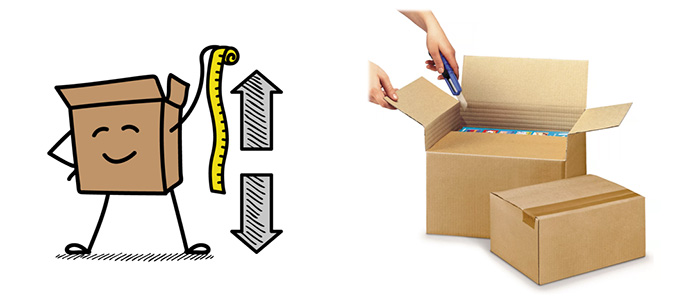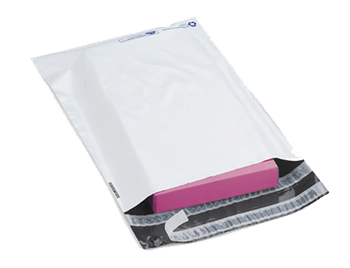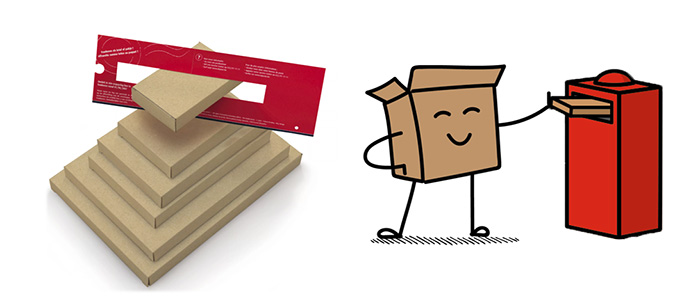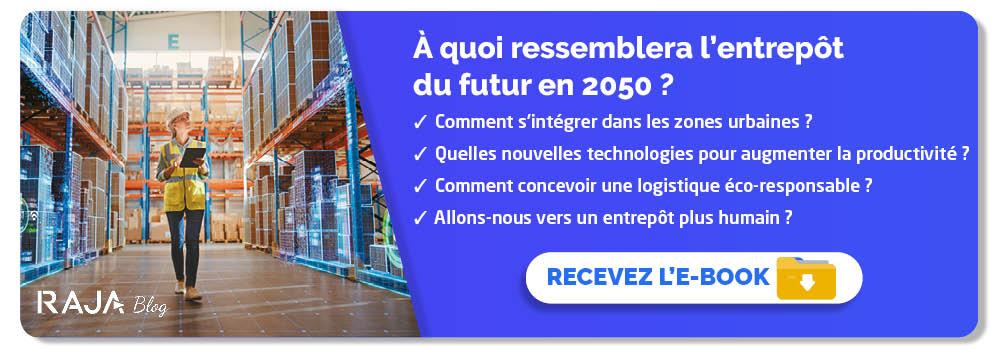It may seem trivial, but the last kilometre a parcel travels is by far the most expensive. Customers like to have their parcels delivered directly to their home or business, but carriers are increasingly reluctant to deliver to town centres.
It is therefore becoming necessary to find alternatives to traditional delivery. These solutions need to be as economical as possible for you, as pleasant as possible for the customer, and certainly as environmentally friendly as possible to meet today’s challenges. What is the challenge of the last kilometre? What are the keys to optimising the outcome of your deliveries?
1. What is last-mile delivery?
When delivering your goods, the last kilometre your products travel is the most expensive. The unit cost of transporting your products increases as they get closer to their final destination, reaching its peak at the end of the journey. According to some studies, last-mile delivery accounts for up to 20% of total supply chain costs.
This higher price is partly explained by thestaggered nature of the destinations. The final destinations of each customer are generally quite far apart. In addition, the “just-in-time” principle also plays a role: customers expect to be delivered as quickly as possible, preferably within 24 hours. This makes it difficult for distributors and carriers to optimise their goods flows. Everything has to go out as quickly as possible. The result is higher transport costs. It is precisely in this context that it is essential to consider new shipping solutions to meet the challenge of last-mile delivery.
A well-known fact for logistics specialists, this price varies according to the delivery conditions. For example, a van transports boxes of shoes from factory A to distribution centre B. Let's assume that the journey costs €300.
- Case 1: 200 pairs of shoes are transported from A to B. The unit transport cost is 300/200 = €1.50.
- Case 2: if the van only transports 40 pairs of shoes, then the unit cost will be €7.50.
This example perfectly illustrates the problem of the last kilometre, when few goods are transported.

2. Why optimise last-mile logistics?
With last-mile delivery at the end of your chain, it’s not always obvious what improvements you can make. After all, you have no idea what happens to your parcels once they’re in the hands of the courier. That’s why we’ve compiled three reasons why last-mile delivery deserves more attention in your business. Read more below.
2.1 It reduces transport costs
You may have noticed that the unit cost of transporting goods increases according to the distance travelled, with a consequent impact on delivery costs or on the price of the product to be paid by the customer. Digging into this area and rethinking your shipping system could make you more competitive in your market.
2.2 It improves the customer experience
Delivery errors and misunderstandings are one of the main sources of consumer frustration. When last-mile delivery is impacted, it reflects not only on your carrier, but also on your company’s image. Studies show that over 80% of consumers stop ordering if they encounter delivery problems. So when choosing a carrier, it’s best to ask yourself the right questions:
- Are they used to delivering your type of goods? This is an important factor in ensuring that the products are in good condition when they arrive at their destination.
- Can they meet the delivery times you require?
- Is the company transparent about its operations?
- Does the carrier have a good reputation that inspires confidence?
- Does it offer alternative, more environmentally-friendly shipping solutions that you could promote to your customers?
2.3 This reduces pollution and emissions
If you don’t want to undermine your company’s CSR strategy, it’s crucial to look at eco-responsible transport alternatives. Why is the last kilometre so polluting? Quite simply because road haulage vehicles are generally underfilled, as their available space is not optimised for the number of orders they carry.
What’s more, the most regular deliveries are to shops and restaurants, which are ubiquitous in cities where traffic is difficult, so vehicles consume a lot of energy in traffic jams. One solution is to use intelligent, compact packaging. Below are some concrete examples of what compact packaging could look like.
3. Four keys to successful last-mile deliveries
Make your last-mile deliveries a success by adopting the following tips, solutions and products.
3.1 Reduce packaging voids
This is the basic principle: reduce the volume of your parcels to save space in the carrier’s containers. In this way, for the same volume, you can enable the carrier to optimise the empty space in his vehicles. It’s an economical solution, but it’s also an ecological one, because less carbon dioxide will be generated. Want tooptimise the volumetric weight of your parcels? Opt for packaging that allows you to do so, such as :
Variable height crate |
. –Adjust the height of your crate by cutting the flap to the required groove. –Up to 12 different heights with a single box –Limit the empty space in your parcel |
Pouch |
. – Flexible and lightweight: easily expel excess air from the pouch. It adapts perfectly to your product. – Tear, puncture and waterresistant. –Ideal for shipping textiles and clothing, for example. |
Flat post box |
. – Extra-flat design to fit into any standard letterbox slot. – Easy to open thanks to the notch at the front of the box. – Kraft paper outerlining for extra protection. |
3.2 Choosing the right warehouse location
Choosing the right location for your warehouse is crucial to successful last-mile delivery. The location of a warehouse must be close to the delivery zones you wish to serve, in order to reduce transit times and deliver quickly. Traffic conditions can also affect location. This can lead to significant delays in last-mile deliveries. It is therefore important to choose a location that is easily accessible from the main roads. Would you like to find out more? Download our white paper on the development of logistics centres in and around the city of tomorrow.
3.3 Opt for shared deliveries
In the case of “pooled” delivery, a vehicle is chartered simultaneously by different companies. This makes it possible to serve several companies in a restricted area at the same time. For example, you may choose to enter into agreements with other companies in your area to group deliveries and orders more closely together. This way, fewer transport movements are required, which can reduce costs.
Suppose your truck today is only half full. You could agree with a third-party company (your neighbour, for example) to fill this free freight space with their goods – provided they are heading in the same direction. In this way, you could already share the costs for part of the journey.
3.4 Choose eco-responsible carriers
More and more alternative transport companies are developing in response to CSR initiatives to reduce greenhouse gas emissions. Find out more about companies offering delivery by bicycle couriers. For larger parcels, electric delivery tricycles or electric cars are good solutions. They are ideal for city centres, which are particularly affected by pollution.
In the future, drone delivery could also be a more environmentally-friendly solution. As it is carbon-free, it can also reduce delivery times, even in outlying areas. For the time being, however, it remains experimental, and reserved for the delivery of small parcels. And of course, don’t hesitate to ask your service providers about the measures they are putting in place to reduce their carbon footprint.
Optimising last-mile delivery reduces your transport costs, anchors the eco-responsible transport approach in your business, and looks after your customer-tested experience. It’s up to you!
The Belgian authorities are working on new legislation that should enable consumers to always opt for sustainable delivery of their parcels. This should, for example, make it easier to choose delivery to a parcel delivery point. A fully loaded delivery van, which has to make 30 to 40 stops a day, could make just 3 or 4 stops at a delivery point. This would reduce CO2 emissions.
Work is also underway on a new tool - Smartdrop - which will give consumers and retailers a better idea of the environmental impact of the delivery method they choose. This tool takes into account factors such as CO2 emissions, noise pollution, traffic jams, etc. Smartdrop tells retailers which delivery option between their distribution centre and the customer is the most environmentally friendly. Ultimately, it's up to the consumer to decide how they want their parcel delivered. By choosing delivery methods intelligently, it is possible to considerably reduce the impact of e-commerce on our society.















